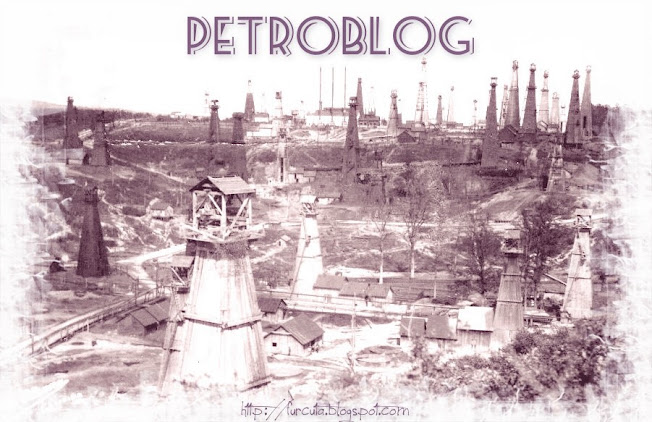Fire That Lasted Seventeen Months
By David Johnston
Chronicle ( Adelaide, SA 1895-1954 ) Thu 10 April 1941
''The oil wells which have been fired in Rumania as the result of the earth quakes may burn for a long time, for no fire is more difficult to fight than that which spouts under pressure from a burning oil well, and Rumania lacks experts in this particular form of fire fighting. The oil fire experts, indeed, all live in the United States, and when in 1929 an oil well at Moreni, Rumania, caught fire, experts were summoned from Texas, 7,000 miles away, to extinguish it, after the Rumanians had done their best for months. This great fire, which burned for seventeen months, shows the difficulties of fire -fighters faced with an oil well ignited at its mouth. When Myron Kinley, the expert summoned to deal with it, arrived, he found a crater over 250 feet in diameter blazing at a temperature of over 3,000 degrees and consuming enough gas to supply the needs of every London housewife. It took him six months to extinguish the blaze completely. Oil well fires are quite unlike any others. Water is useless, since it merely spreads the blaze. Even the chemical extinguishers cannot put out a really strongly burning oil well because of the pressure behind the flames. The heat is so great that the casing of the well, the derrick and tools and equipment are melted away and the metal may maintain its heat so long that it re-ignites the oil after the lame has been ''snuffed out.'' One way of putting out the fire is to drive a tunnel towards the base of the well so that the oil can be tapped on its way up before it has become ignited. The oil is drawn off and the fire dies out for lack of fuel. Another method is to place a charge of explosive so that it blows hundreds of tons of earth on to the fire and snuffs it out. Both methods call for great skill and courage.
Men fighting these fires are equipped with asbestos suits to prevent them being scorched when they crawl over the ground towards the flame. Their first task is to advance with grapnels to clear the metal debris— a single piece of metal left near may start the fire afresh. Then, perhaps with others playing water on him to keep him cool, one of the men advances with the charge of explosive on his back. He has to move slowly, for a fall might be fatal and the wires for detonating the explosive have to be unrolled as he goes forward. The charge is placed within a few feet of the column of flame, the fire-fighters retire. A handle is pressed and the charge goes up. The flame suddenly increases. The roar which has been so great that those near have to stuff their ears, becomes even louder. Then suddenly it stops. The flame disappears and there is simply a spout of oil. Over the hot ground men wearing special boots to prevent their feet being burned by the hot ground rush with a huge metal cap that has been kept ready. It is placed over the well, if they are lucky, before the oil ignites again. The oil is tamed, but weeks of work often remain, before the well is brought under full control and the danger of a new fire in the oil-soaked ground is past. Sometimes the process has to be carried out several times as the tire breaks out anew. Sometimes the fire fighters are unlucky — there are few blazes that have not cost lives. The great Rumanian fire killed nine men. But always there are the oil well fire specialists ready to tackle a blaze, how ever dangerous the task may seem. Myron Kinley, already mentioned, has tackled over one hundred fires in different parts of the world. The tunnelling method has the disadvantage that it takes a very long time to drive the tunnel, during which thousands of barrels of oil are being wasted, and that the tunnel is liable to collapse with the heat as it nears the fire. Then the oil seeps through and the fire increases in size. This explains the huge crater of the Moreni fire, which had been tackled in this way first. Among other methods that are tried with oil fires are bringing up high pressure boilers and spraying steam on to it, and of snuffing out the flame with a huge snuffer swung over it on a cable between two derricks. Every oil well fire needs individual treatment.
Putting out these fires is a profitable job — if you survive. Tex Thornton was reported to have received £3,000 for blowing out an- oil well fire in the U.S.A. He crawled to the lip of the crater and threw bombs down it until the blasted earth put out the fires. £3,000 is. of course, a small sum compared with that lost through the burning of the oil. The flame of a burning, oil well is unmistakable, especially at night, when it may be visible at a distance of a hundred miles. The flame at its base is colorless, but the. top is an orange plume which often appears to flicker. This is due to the dense clouds of black smoke generated.''

,%20colec%C8%9Bia%20Renasce.jpg)